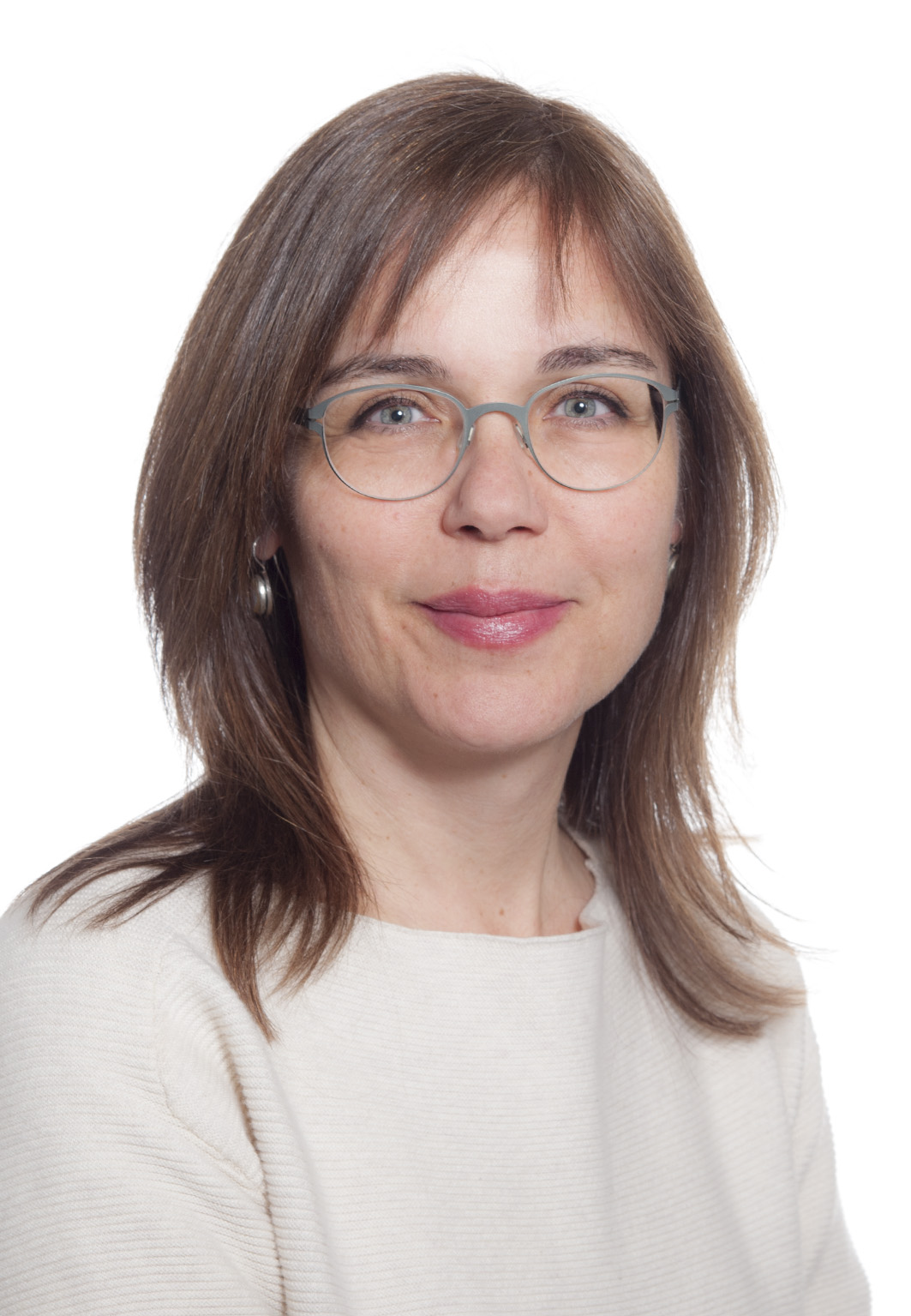Project title: COPPER PET with 61Cu-NODAGA-LM3 for the detection of Neuroendocrine Tumors
Melpomeni Fani, PhD University Hospital Basel

- Status: Active
- Year(s): 2022
- Grant Type: Investigator
- Research Type: Translational
- Primary Tumor Site: Multiple
- Area of Inquiry: Clinical translation of novel radiopharmaceuticals
Description
This study evaluates Copper-61 (61Cu)-tagged NODAGA-LM3, a new drug under development, for the detection of NET. 61Cu-NODAGA-LM3 is a unique positron emission tomography (PET) imaging agent with properties that may outperform the standard-of-care PET agents.
What critical NET problem/question will researchers try to answer?
Dr. Fani is exploring whether NET patients can have better access to the state-of-the-art PET scan by making this procedure less expensive and more widely available while improving the detection of tumors by introducing a better drug.
Why is this important?
The new drug, 61Cu-NODAGA-LM3, is expected to combine performance (including patient safety), precision and broad low-cost availability. It can potentially increase the sensitivity and diagnostic accuracy of PET imaging of NETs, compared with currently used drugs for the same purpose (e.g., 68Ga-DOTATATE, 68Ga-DOTATOC or 64Cu-DOTATATE).
What will the researchers do?
Dr. Fani and the research team will first establish the production of 61Cu at two sites in Europe (Switzerland and Germany) using the proprietary technology of Nuclidium AG (collaborator in the project). They will then establish the production of 61Cu-NODAGA-LM3 for human use and launch a clinical phase 0/I study in Switzerland to assess the safety, biodistribution, pharmacokinetics and dosimetry of 61Cu-NODAGA-LM3 in NET patients. The study is also expected to incorporate a head-to-head comparison of 61Cu-NODAGA-LM3 with 68Ga-DOTATOC PET/CT in the same patients.
How might this improve treatment of NETs?
Patients who have a NET may benefit from improved image quality and also better access to this state-of-the-art imaging procedure, which is required for staging, restaging, therapy planning and monitoring. Furthermore, another radioisotope of copper, 67Cu, can be used for therapy. 61Cu-NODAGA-LM3 and 67Cu-NODAGA-LM3 are structurally identical and have identical distribution in the body. 61Cu-NODAGA-LM3 can therefore be used for precise tumor detection and individual NET patient selection for those who benefit most from therapy with 67Cu-NODAGA-LM3 (the “see what you treat, and treat what you see” concept). This is an ideal theragnostic approach for more personalized and efficacious care for patients who have NETs.
What is the next step?
The study by Dr Fani and the research team will pave the way for further clinical evaluation of 61Cu-NODAGA-LM3. A phase II study in Switzerland, Germany and the United States is already planned upon completion of this phase 0/1 study. Afterward, Nuclidium AG (industrial collaborator in this project) has an interest in commercializing 61Cu-NODAGA-LM3 in the United States and other countries.
Additional Details
- City: Basel
- Country: Switzerland
- Grant Duration: 2 years
DISCLAIMER
NETRF funds laboratory research to understand the development of neuroendocrine tumors and translational research to explore new concepts in treatment. Research grant descriptions and research updates from NETRF are not intended to serve as medical advice. It can take years for research discoveries to be fully validated and approved for patient care. Always consult your health care providers about your treatment options.
